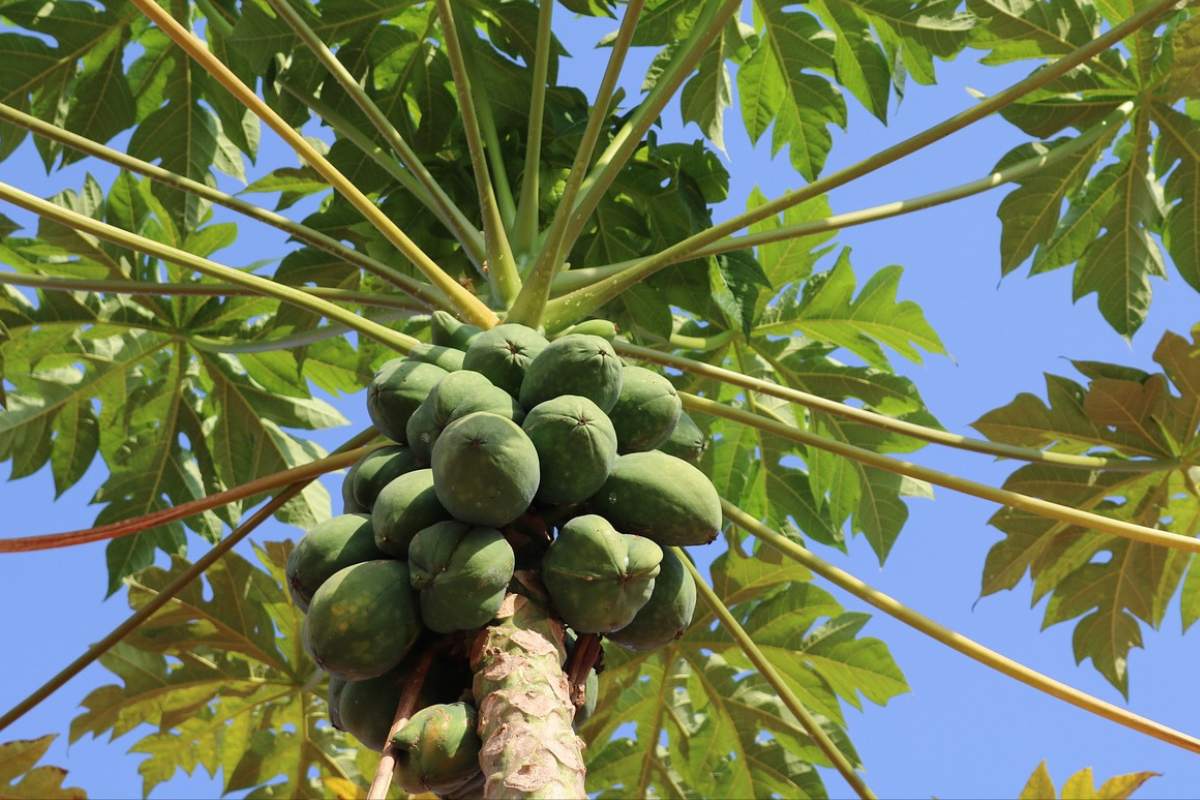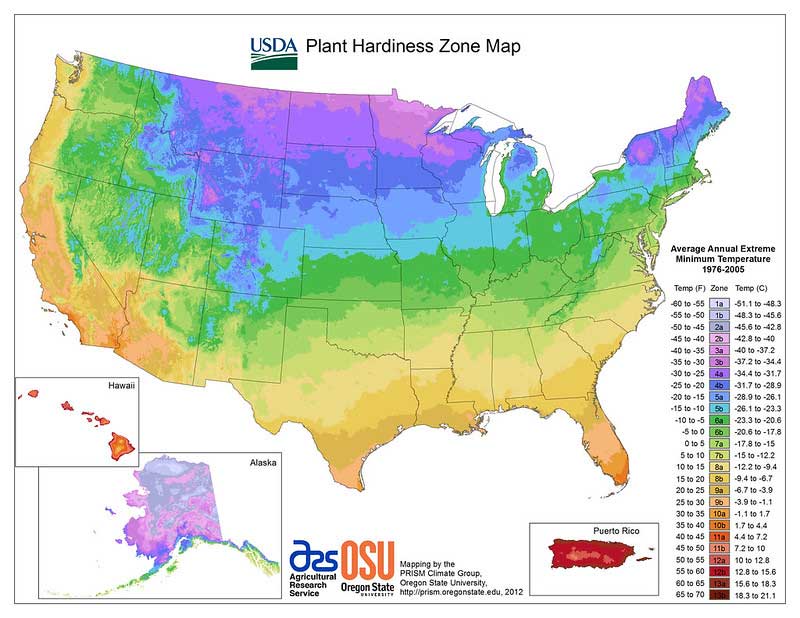Zone 10 is the southernmost zone in the continental United States. It’s one of the only tropical zones in the United States, and can be found in Southern Florida, Southern California, and Southwestern Arizona. It boasts mild winters, high humidity, and rarely has temperatures below 30F, even in the winter. Before we get started with this list of 11 fruit trees that grow well in Zone 10, take a look at the planting hardiness zones in this map of the United States. They’re separated by color to indicate how cold these areas get during winter. It will help you locate zone 10.
11 Trees for Zone 10
1. Olives
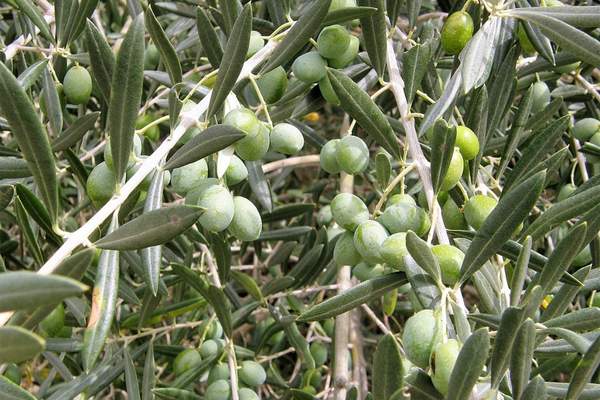
Scientific name: Olea europaea
Despite their savory flavor, olives are a type of fruit! The olive tree is native to the Mediterranean, originating in Greece. Today, it can be grown in various pockets of similar climate, which is slightly arid, coastal, and has bad quality soil.
When growing your own olive tree, remember to plant it in full sun and well-drained soil. Water it daily and prune it sparingly until it gets established. Olive trees grow about 20 feet tall and can live for hundreds of years.
2. Figs
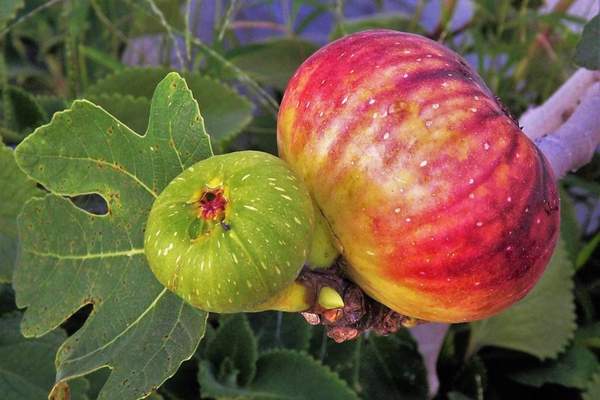
Scientific name: Ficus carica
While the best environment for figs is in zones 5-9, there are several hardy heat-tolerant varieties that grow in zone 10. They adapt very well to containers and can be moved indoors or outdoors depending on environmental conditions.
Figs prefer well-watered soil that drains quickly and full sun. If you can, move your potted fig to where the sun is depending on the time of year.
3. Oranges
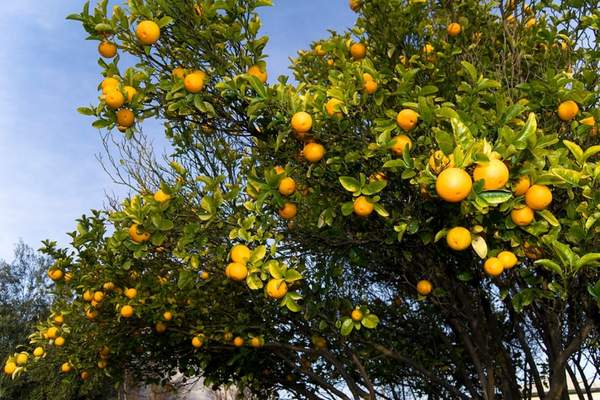
Scientific name: Citrus sp.
The orange tree is one of the most common backyard fruit trees found throughout zone 10. There are hundreds of different kinds of oranges, but the most common types are Valencia and Navel. They grow great in sandy, well-drained soil, where they receive full sun.
It’s best to buy a tree from a nursery, since growing from seed can take 15 years until you’ll see an orange. Water them regularly and don’t forget to prune any low-down branches. Outdoor trees grow to be around 30 feet tall.
4. Lemons
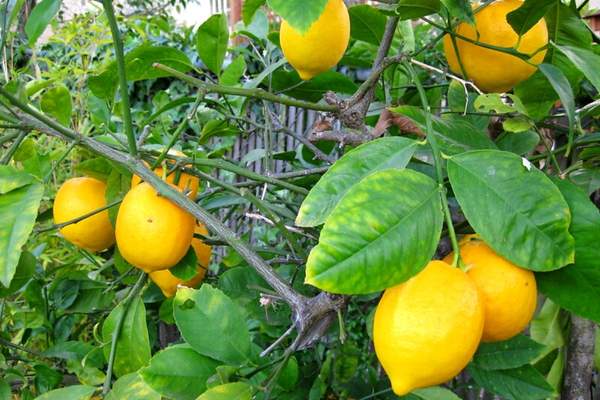
Scientific name: Citrus lemon
Lemons are ubiquitous around the world. These sour yellow fruits are a great addition to your backyard garden. Unlike other fruit trees, they tolerate poor soil, especially acidic soil.
They also thrive in containers, where they grow to just 5 feet tall. Because they are sensitive to cold, it’s best to plant them away from breezes or shade. Once a lemon tree is established, it will produce many lemons each year.
5. Guava
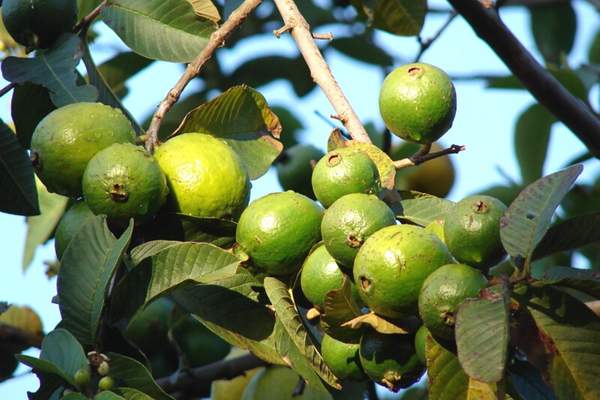
Scientific name: Psidium guajava
This tropical fruit is fun and easy to grow, especially if you’re lucky enough to live in a tropical climate zone like zone 10. In fact, they’re so prolific that in some areas, they’re considered invasive species. Grow guava trees in containers or in the ground.
They need loamy soil with good drainage. Don’t forget to keep them pruned regularly. They can grow to be up to 30 feet tall!
6. Persimmon
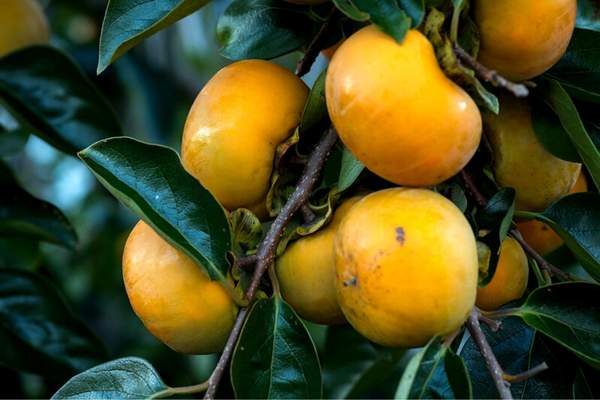
Scientific name: Diospyros virginiana
The American persimmon is a fruit of the eastern United States. A subject of many legends and stories, it was commonly eaten by settlers. Persimmons are a low-maintenance tree which thrives in loamy soil and enjoys being near other deciduous trees.
While the trees prefer zones 4-9, you may be able to grow it if you live in a colder, more humid region of zone 10. They are drought and cold-weather tolerant as well.
7. Avocado
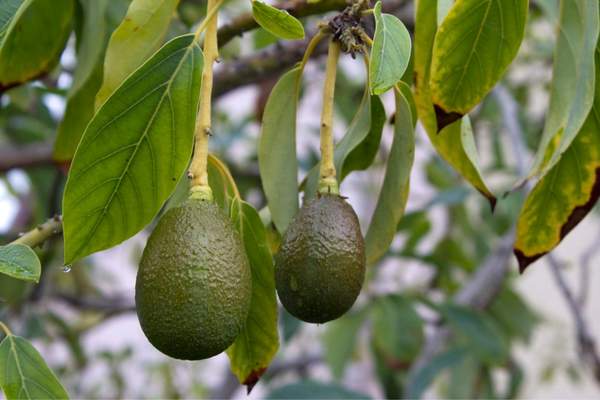
Scientific name: Persea americana
The avocado is a culinary delight, so it makes sense to grow a crop of your own if you’re lucky to live in Zone 10. The plant can live in USDA hardiness zones between 8 and 11, but it thrives best in the warmer zones like 10.
Grow avocados in containers or outdoors. They prefer regularly watered, well-drained soil, high humidity, and full sun. Forget freezing temperatures – most don’t like it when it dips below 50F!
8. Kumquat
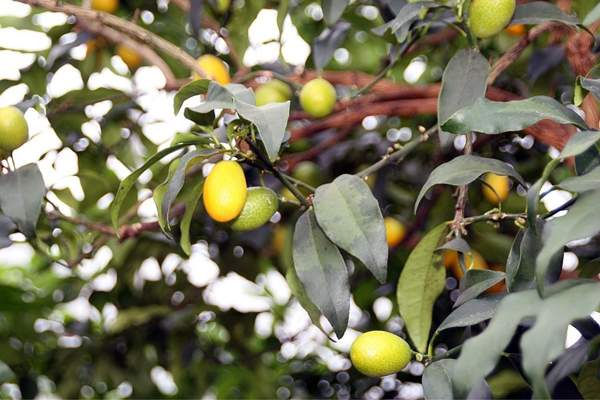
Scientific name: Fortunella margarita
Kumquats are small citrus fruits that offer a juicy burst of flavor when bitten into.
This tree bears hundreds, if not thousands, of bright orange fruits and grows best in zones 9 to 11. Not only is the inside of the fruit edible, but so is the peel! Harvest most of the fruit in the summer and early fall.
If you live in a mild climate, it may produce fruit indiscriminately. These can be planted indoors in containers or outside directly into the ground.
If you live in an arid part of zone 10, be sure the tree gets enough water. You may need to spritz it regularly with water or a diffuse irrigation system.
9. Mango
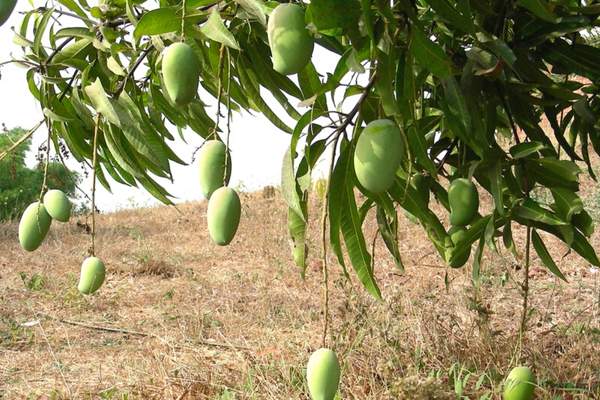
Scientific name: Mangifera indica
Mangos are tropical fruit which thrives in the semitropical and tropical environments of zone 10 planting zones. These trees can be planted outdoors or inside a container. A good rule of thumb is to plant inside a container if there is a higher risk of an occasional frost.
In the wild, the trees can take up to eight years to produce fruit, but garden centers regularly sell trees with grafted branches that produce within a year or two. An adult mango tree planted outside measures about 18 feet tall, while container trees max out at about eight feet.
10. Pistachio
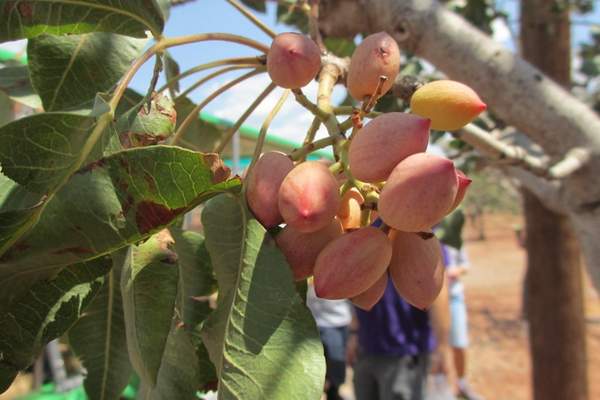
Scientific name: Pistacia vera
Pistachios are delicious snacks you can grow yourself. You might think they’re a nut, but pistachios are actually a nutlike type of fruit, which is related to cashews.
Zone 10 is well within their planting range of zone 7-11. They require very specific conditions, however – extremely hot summers (over 90F) and mild winters (above 32F). They prefer sandy or loamy soil with good drainage.
After a handful of years, a pistachio tree begins producing nuts. They grow up to 30 feet tall and can live for over 20 years.
11. Papaya
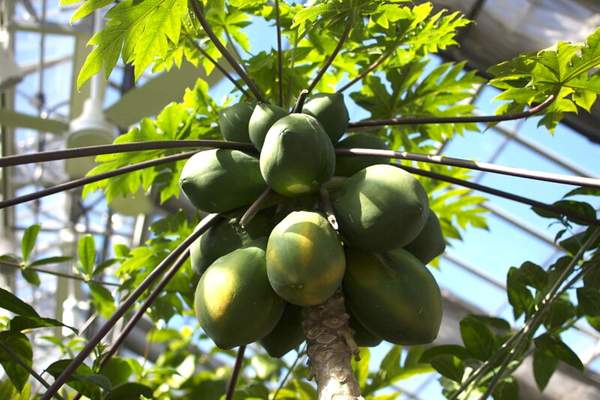
Scientific name: Carica papaya
Papaya trees are a great option in the semitropical climates of zone 10 states. These trees grow tall and spindly trunks and trees. Their fruits are orange and chock-full of soft orange fruit and glossy dark seeds.
We recommend planting papaya trees in places where the soil drains well and wind is mild. Try to find a hermaphroditic plant, which will self-pollinate. They will reach about 30 feet tall and grow best in full sun.
